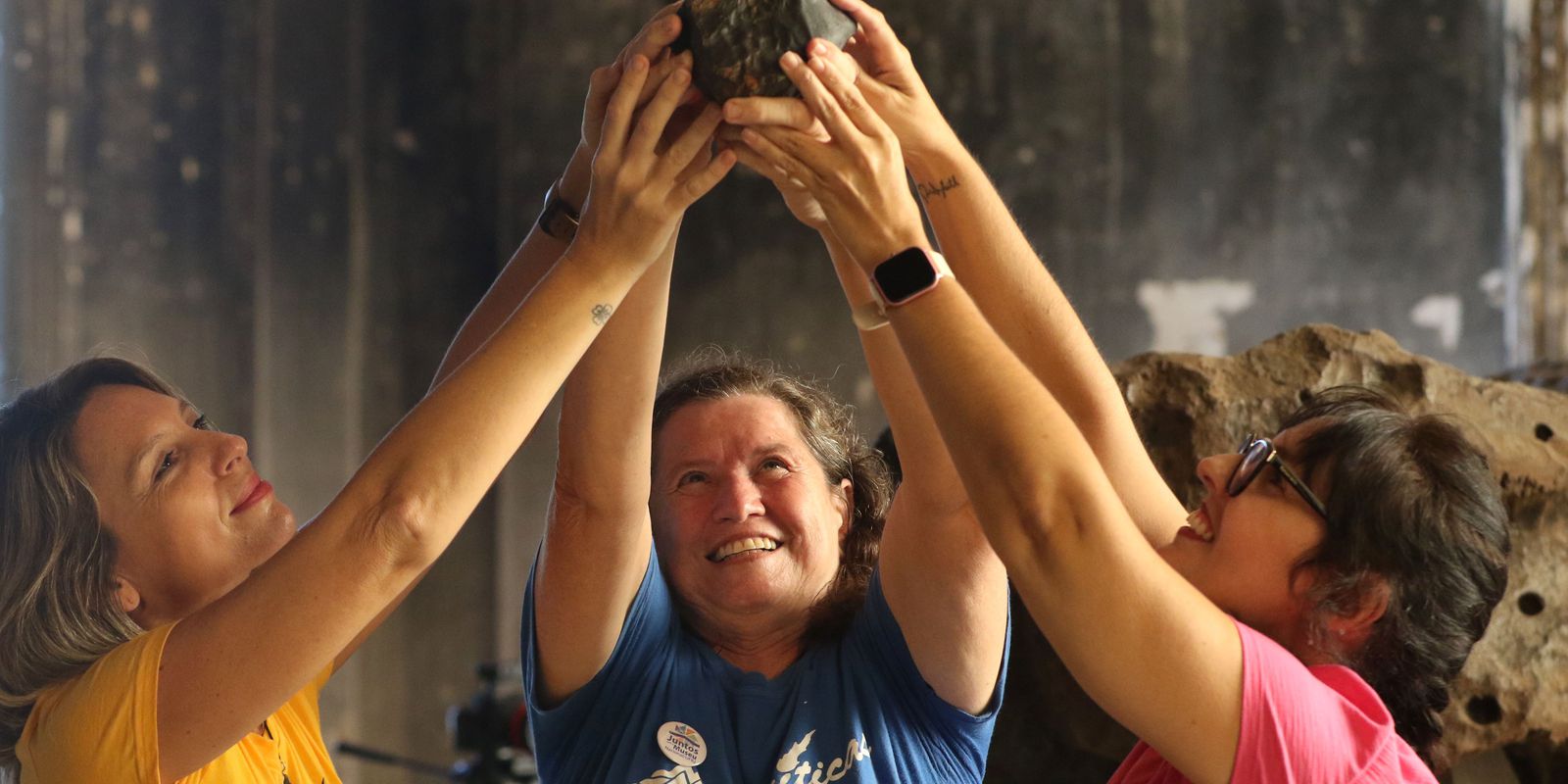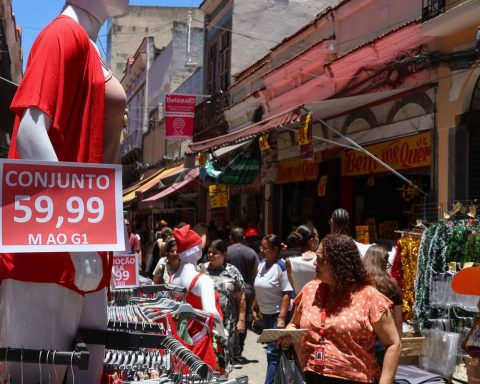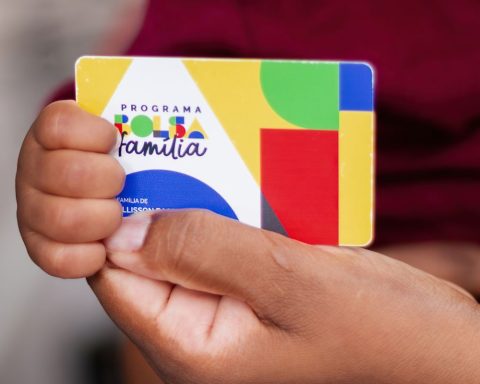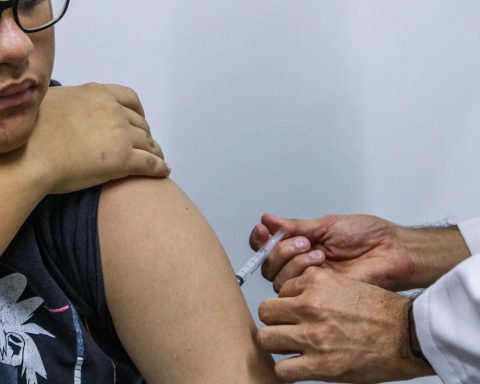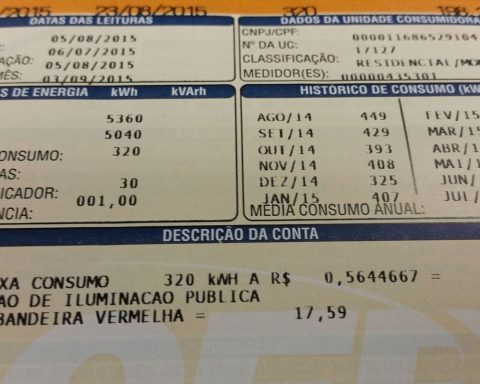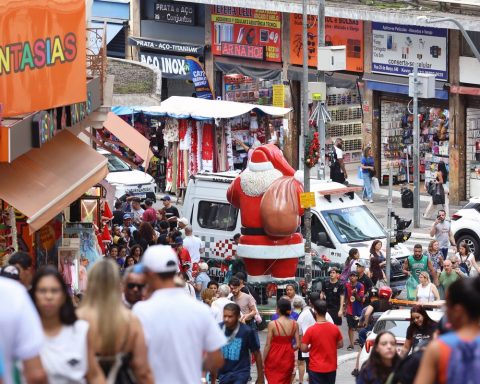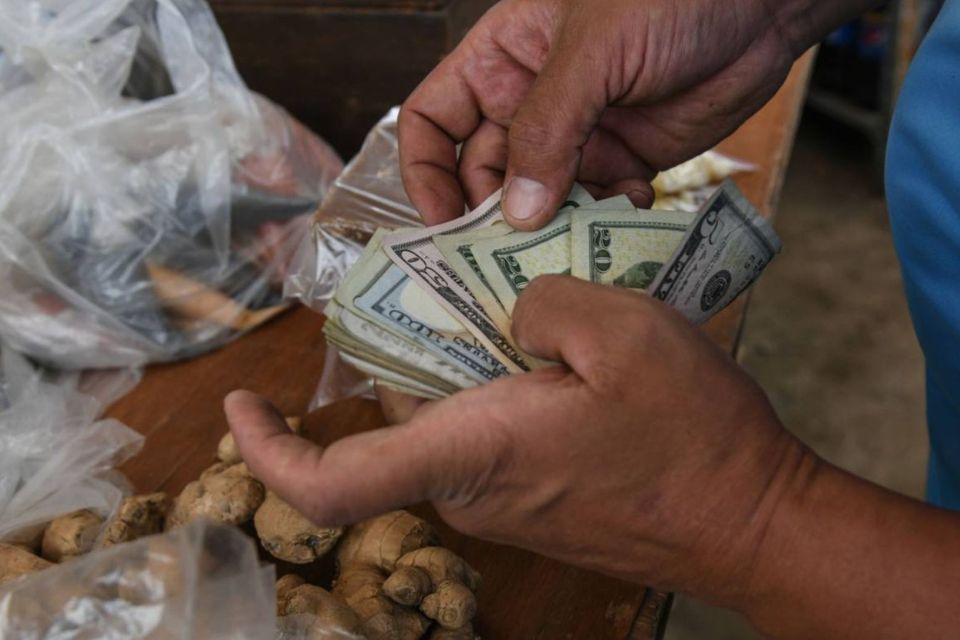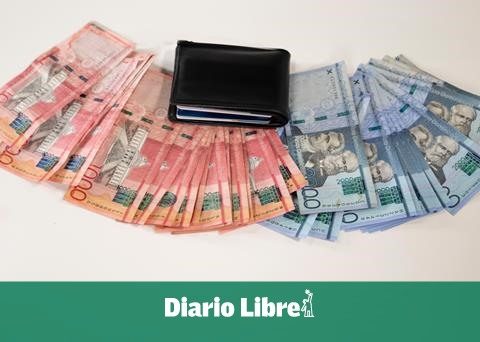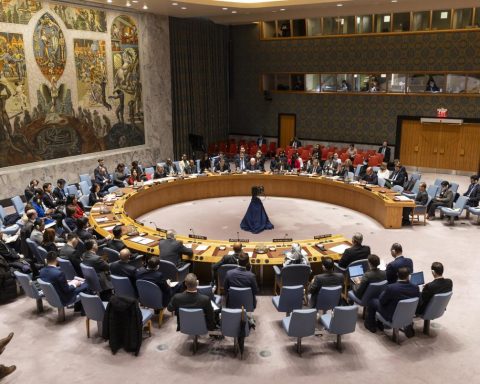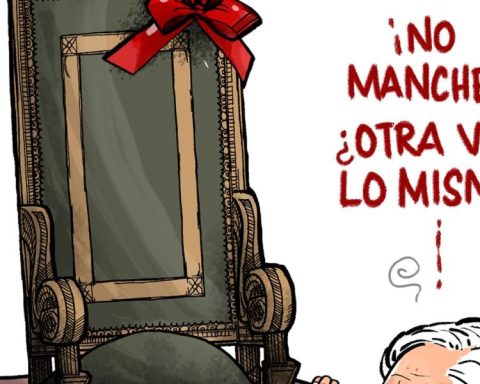Researchers at the National Museum presented on Thursday (13) Santa Filomena, the first piece to be incorporated into the institution’s meteorite collection after the 2018 fire.
Weighing about 2.8 kg, the fragment was acquired by the National Museum after a meteorite shower in 2020, over the city of Santa Filomena, in Pernambuco. The city was literally “invaded” by dozens of onlookers, researchers and even hunters from abroad after the stones.
The researcher from the Museu Nacional/UFRJ, Maria Elizabeth Zucolotto, who is a pioneer in meteorite research, along with Amanda Tosi, Diana Andrade and Sara Nunes, were among the first people to arrive in the city, the only representatives of science. They were able to obtain the studied samples.
According to professor Elizabeth Zucolotto, “among the various fragments that fell in the city, this one was chosen to compose the museum’s collection because it presents unique characteristics. Among them, the presence of a fresh melting crust and depressions on the surface that look like finger marks, less common to be seen in examples of the rocky type”. The professor points out that the meteorite has flow lines going down the sides, formed in meteorites that maintain a very stable orientation as they pass through the atmosphere.
solar system fossil
The Santa Filomena meteorite, presented on Thursday (13), can be described as a “fossil” of the solar system, that is, it is a fragment of an asteroid with very primitive properties, which formed at the very beginning of creation of the Solar System, with an approximate age of 4.56 billion years, as explained by researcher Amanda Tosi.
“We can highlight that, since then, there have been no significant physical and chemical changes in its minerals, being almost in the same form as its formation billions of years ago”. She stated that one of the focuses of the published work is on how some minerals help to estimate the maximum temperature to which the rock was subjected, as well as the cooling rate of the asteroid body that gave rise to the meteorite. In this way, they are vestiges of what our early solar system was like and give us clues to how planetary bodies, asteroids and comets formed.
Stars rain
Amanda Tosi explained that the Santa Filomena meteorite can be classified as a chondrite, which are commonly found rocky meteorites. “What is unusual is the fact that parts of this meteorite hit an urban area, including the relatively large piece recovered for the National Museum/UFRJ”.
Another highlight, according to astrophysicist and professor at the Valongo Observatory, Diana Andrade, is the possibility of documenting the meteor’s passage through cameras, which made it possible to establish its trajectory. In addition to providing a better idea of where the pieces fell, it can be proven that the Santa Filomena meteorite came from the asteroid belt, which is between Mars and Jupiter. This fact was recorded for the first time in a meteorite fall in Brazil.
The Meteorites
The group’s name came up when Maria Elizabeth Zucolotto went to the field, along with “first-time sailors” Amanda Tosi and Diana Andrade, when a meteorite fell in Bahia, in the second half of 2017.
On the long journey they undertook, the researchers created a working group to find the “stones that fell from the sky”, acting in all stages of the research, from field work, to laboratory studies, and, above all, to publicizing of that science.
According to Professor Beth, “Research on meteorites has been carried out for some time, but few are dedicated to this branch of science in Brazil, especially women. It is one thing to be in the laboratory and receive a piece of a meteorite to do the analysis, but quite another to go out into the field to prospect and find these rare and important evidences of the universe”. She stated that she always seeks to encourage new researchers to find these records, which is quite an arduous task.
Publication of the study
The article was published in Meteoritics & Planetary Science (MaPS), an international monthly journal of planetary science published by the Meteoritical Society, an academic organization that promotes research and education in planetary science, after going through an extensive study of mineralogy, chemistry and petrography to understand the formation processes and events that occurred before reaching Earth.
Reopening of the National Museum
According to Alexander Kellner, director of the National Museum, presenting a piece like this is very important for research, history and the collection. The institution has a collection of minerals of extreme relevance to science.
“This work, published in one of the main magazines in the area, shows, once again, that the National Museum’s professionals continue to generate quality research and establish partnerships, demonstrating that the institution is more alive than ever! part of the Museum in the first months of 2026, exhibiting outstanding pieces such as the Santa Filomena meteorite”, celebrates director Alexander Kellner.
Regulation of ownership of meteorites
Another important aspect was the discussion about who should own a meteorite. The race to the Santa Filomena meteorite opened a discussion that is being processed in the National Congress on the regulation of the ownership of meteorites that fall on Brazilian soil.
With the controversy, the Brazilian Society of Geology took action and, with the help of scientists and other interested parties, managed to propose a complement to the bill, which regulates that 20% of a new meteorite found, respecting the maximum limit of 1 kg, must be made available for science and deposited in a scientific institution.
This bill is currently being discussed in the National Congress. On the one hand, researchers who are reluctant to sell and own meteorites and, on the other, those who support the regulation, which can guarantee more Brazilian meteorites for research, since the law provides for a percentage of the rock for science, freeing the rest for trade.
“The sale of meteorite property regulated by law makes it impossible for them to leave the country illegally and indicates that there will be sufficient enforcement to prohibit smuggling. An example that we have close to a law that prohibits the sale is in Argentina and, since then, ‘practically does not exist’ more Argentine meteorite, since the majority is taken clandestinely from the country and sold as if it had fallen somewhere else”, explained Zucolotto .
For more information on discoveries in meteorite research visit the site.
*Intern under the supervision of Akemi Nitahara
